Go west, young man.
Dec 20, 2020 10:50:23 GMT
Post by onlyMark on Dec 20, 2020 10:50:23 GMT
We had to head out to the west of Germany for a family commitment and decided to have an hour wandering around the westernmost city, Aachen.
It is a spa town and can be known as Bad Aachen, but the city decided it would miss out the ‘Bad’ part so it would be at the top of any alphabetical list.
It is another one of those places that can trace its history back several thousand years and one of the Roman settlements.
It is most famous though for becoming the preferred medieval Imperial residence of Emperor Charlemagne.
Due to time constraints we couldn’t get into much depth concerning the city, plus virtually everything is closed, but when they are not, it’ll be on the list of places to revisit.
We slipped past this building -
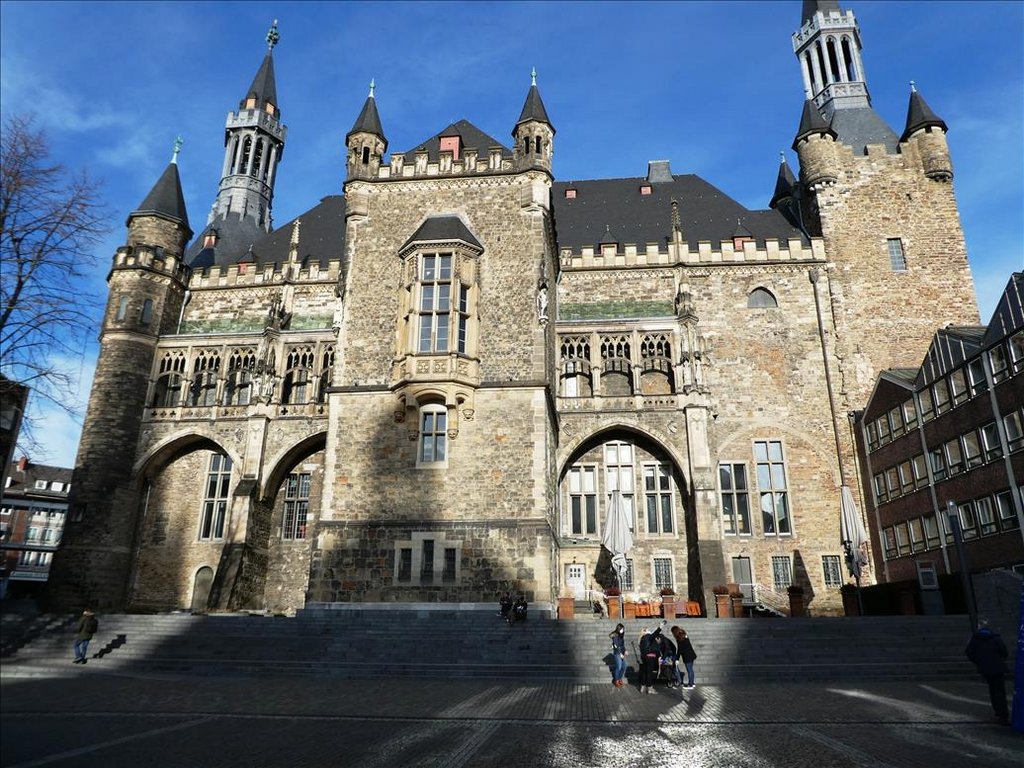
... to reach here. The Town Hall (Rathaus).
Built in the first half of the 14th Century and now a mix of Gothic, Neogothic and Baroque architecture. The latter element occurred as a result of a fire that devastated the city in 1656 causing many buildings to be lost and many to be renovated.
It has served many purposes over the course of its history, partially destroyed and rebuilt and even part being used to store munitions and weaponry and part used as a prison -
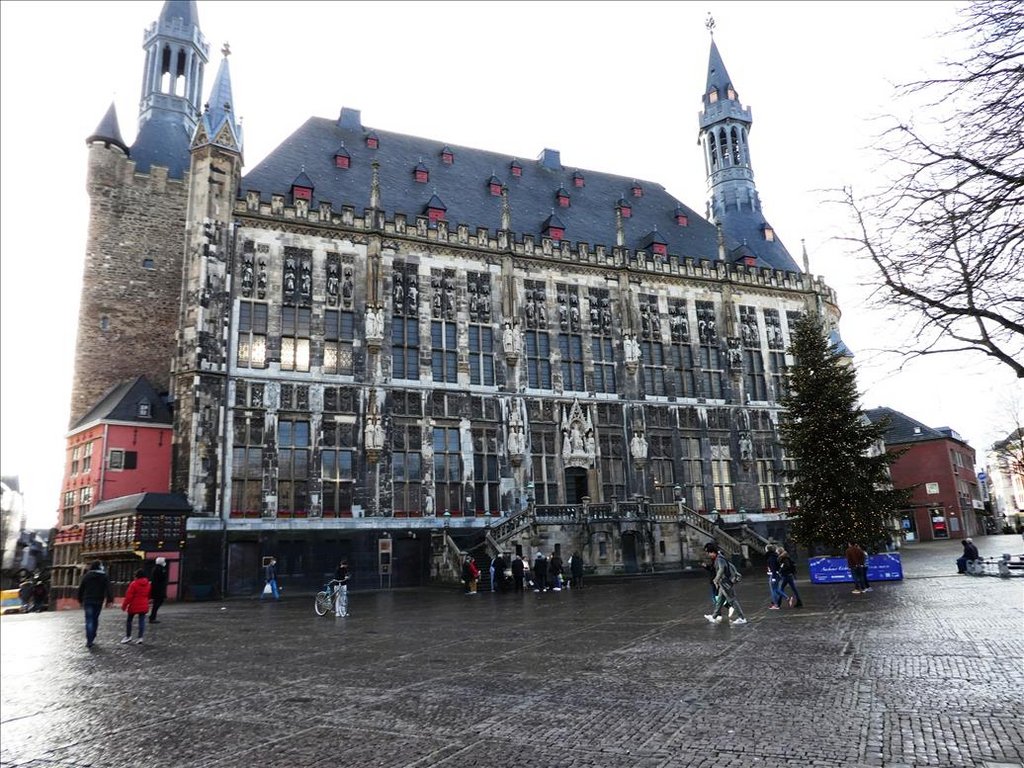
We headed now for the Cathedral.
On orders of Emperor Charlemagne it was started to be built in 796 and though the finish date is not known, around 805 was when it was consecrated. Charlemagne was buried there in 841.
It was built in an octagonal shape with numerous side chapels. Most of the stain glass windows are reproductions from after WWII -
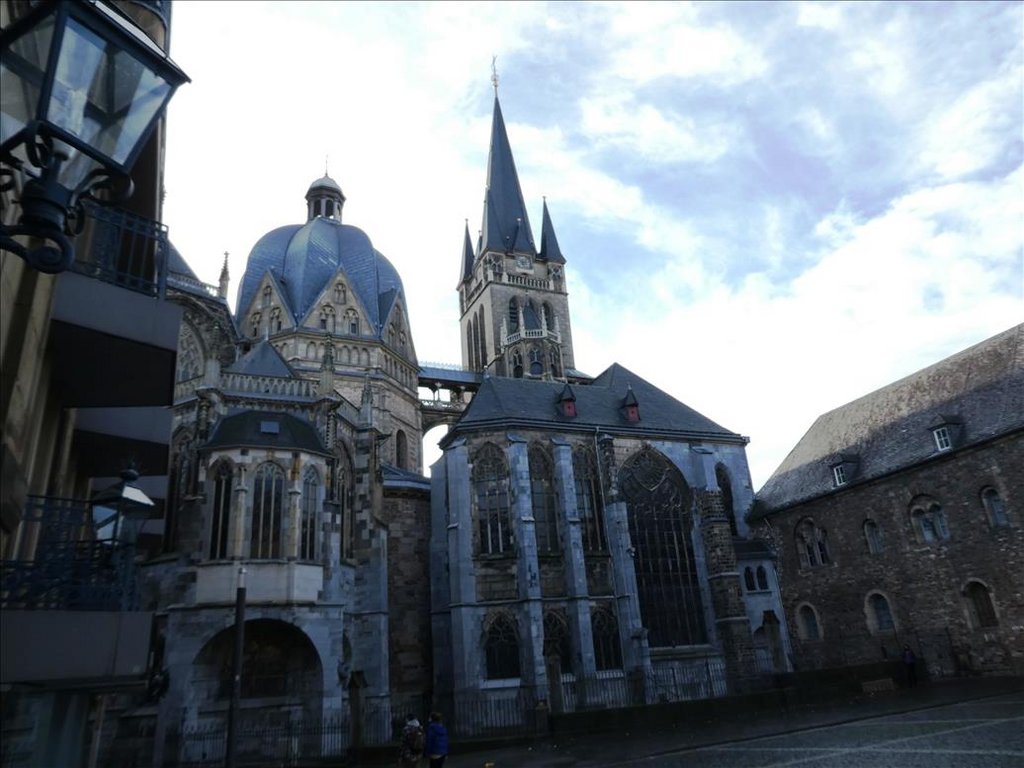
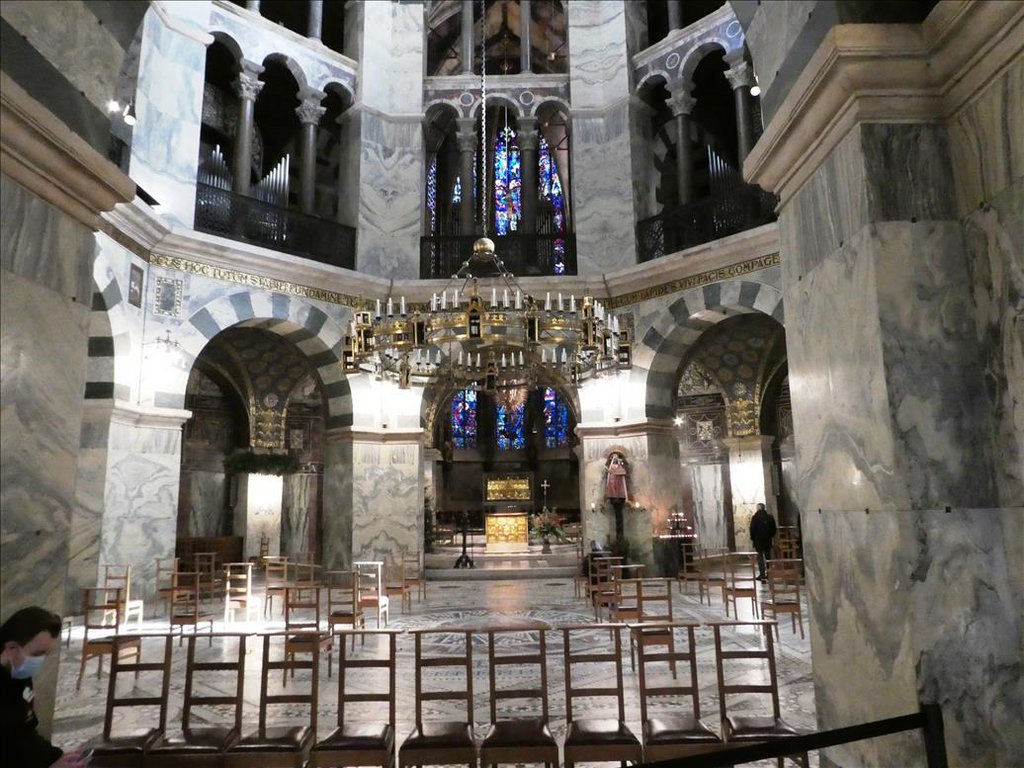
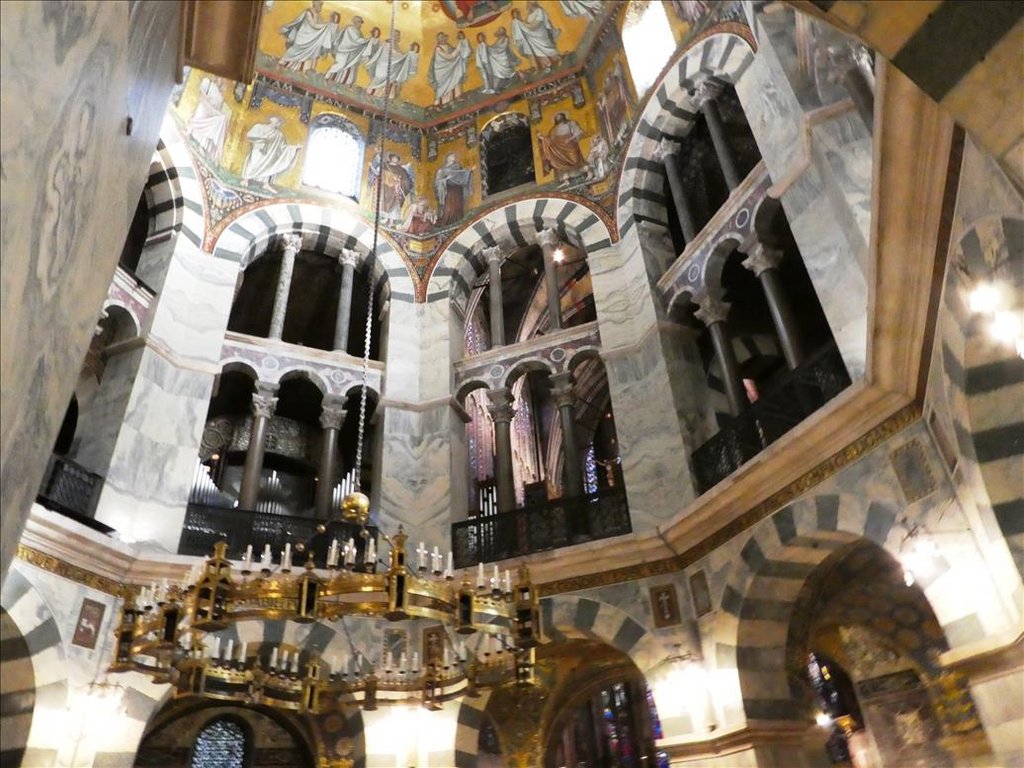
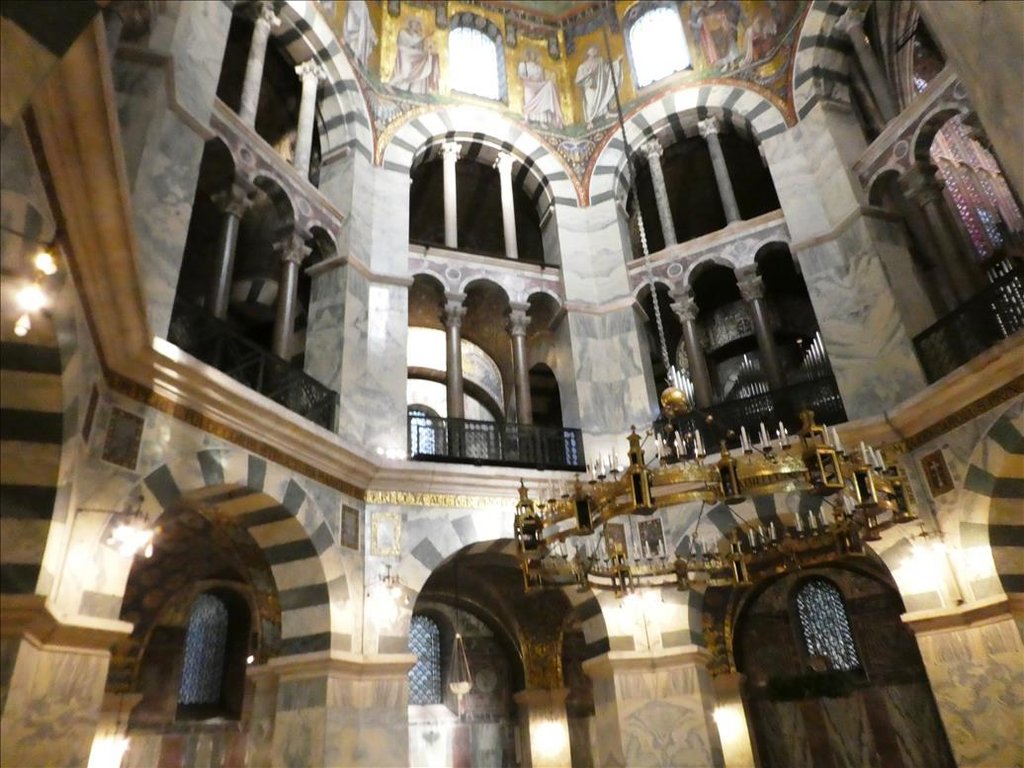


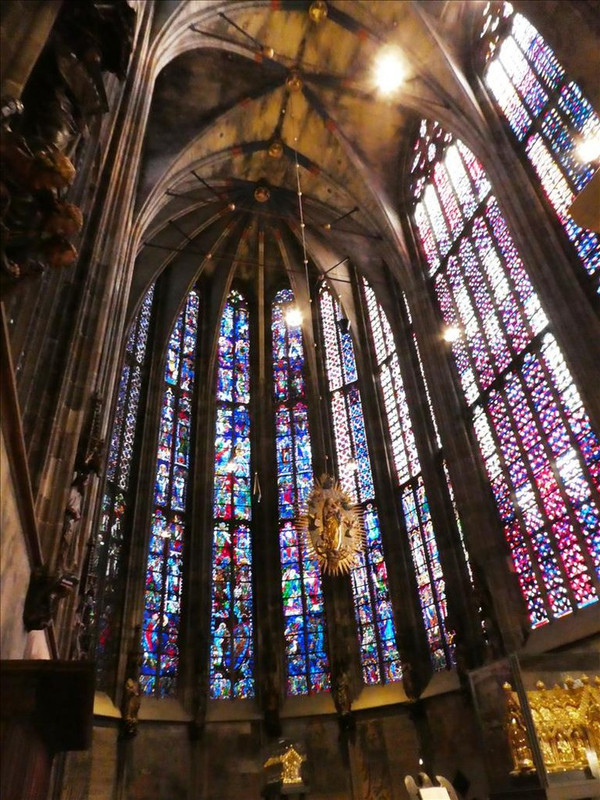
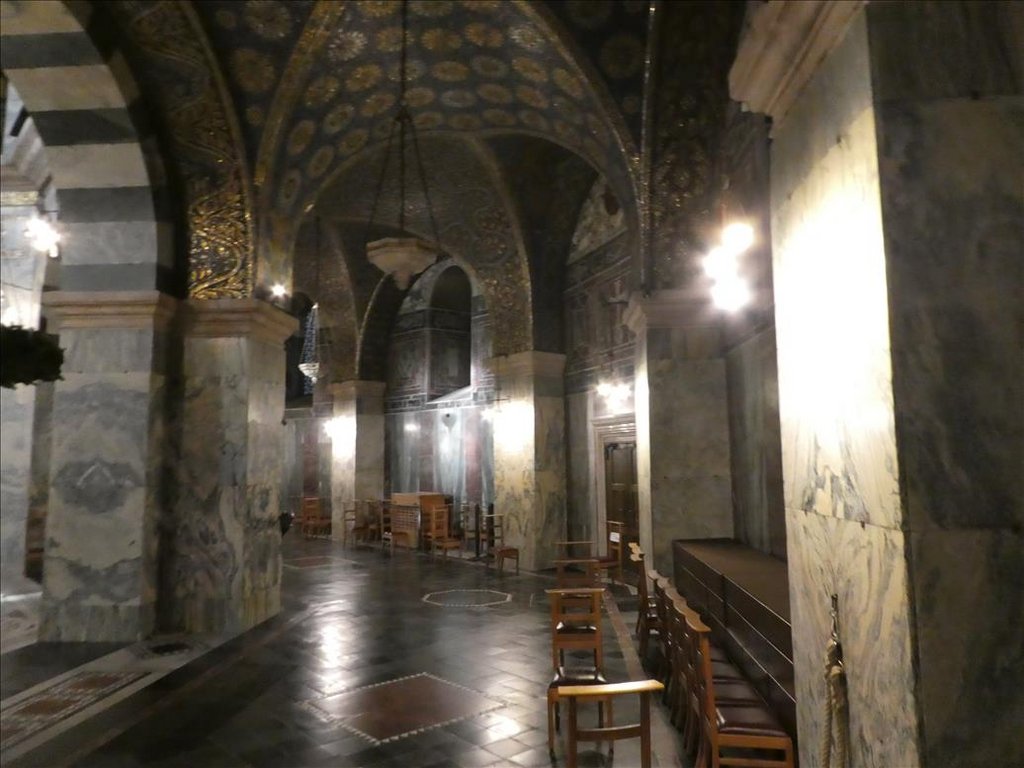


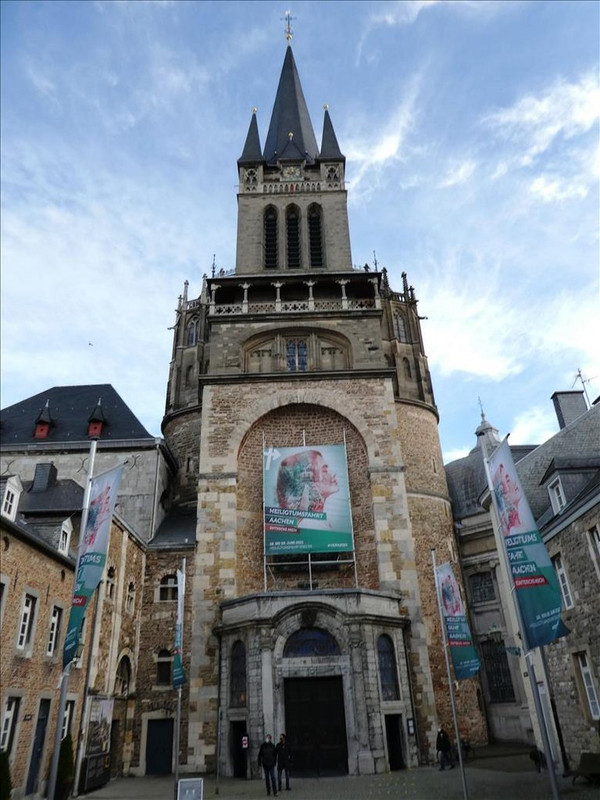
Something a lot more modern are the numerous statues in the city.
This one is from 1976 and depicts the “Cycle of Money”. Represented are avarice , greed , patronage and begging . In addition, it is shown how a father explains to his child how to deal with money.
The water runs anti-clockwise and I’m sure there must be some significance in that, but it escapes me for now. The water also comes from one of the hot springs, so flows all year round -
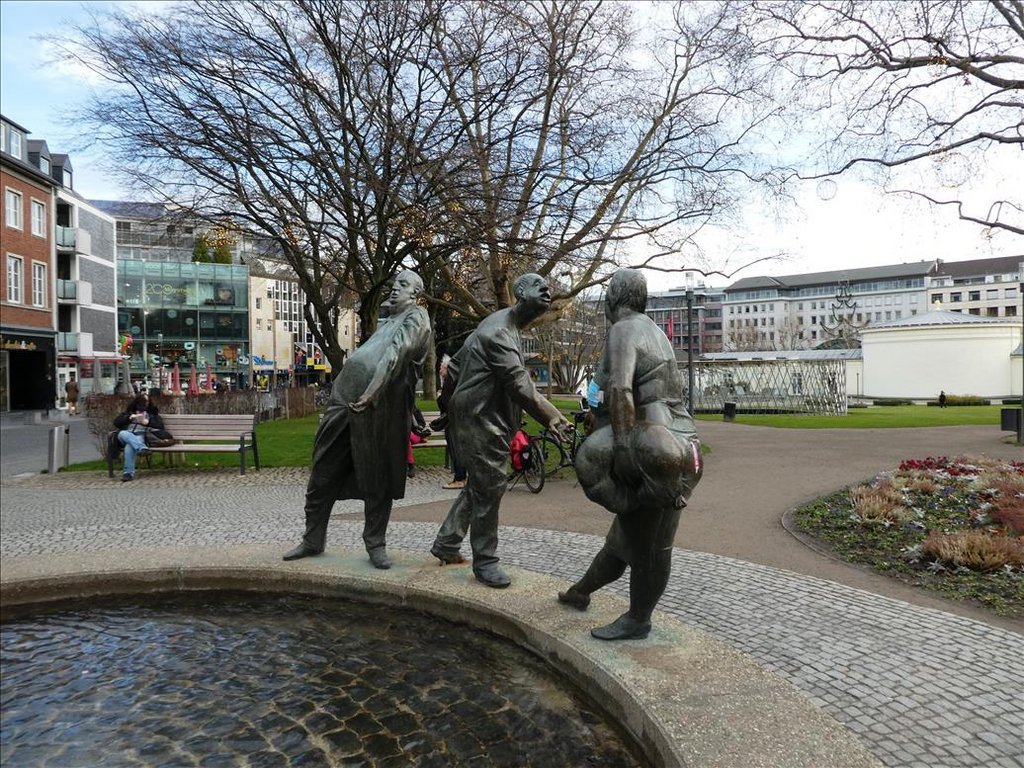
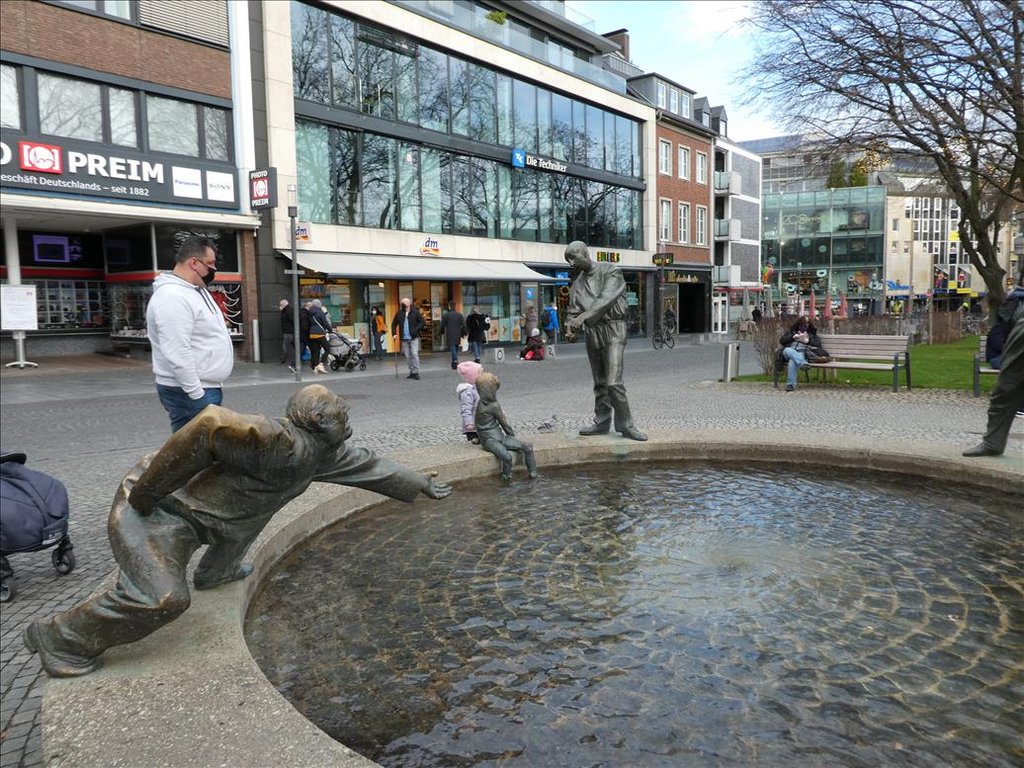
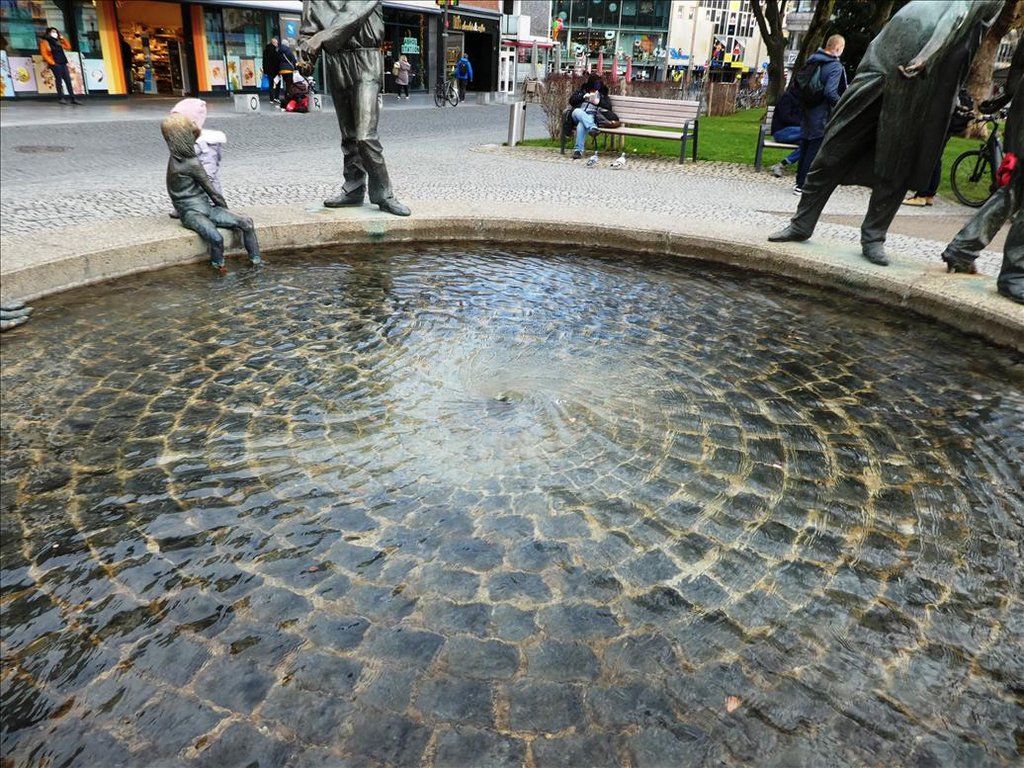

Moving a little further and passing a couple of nice shop windows -
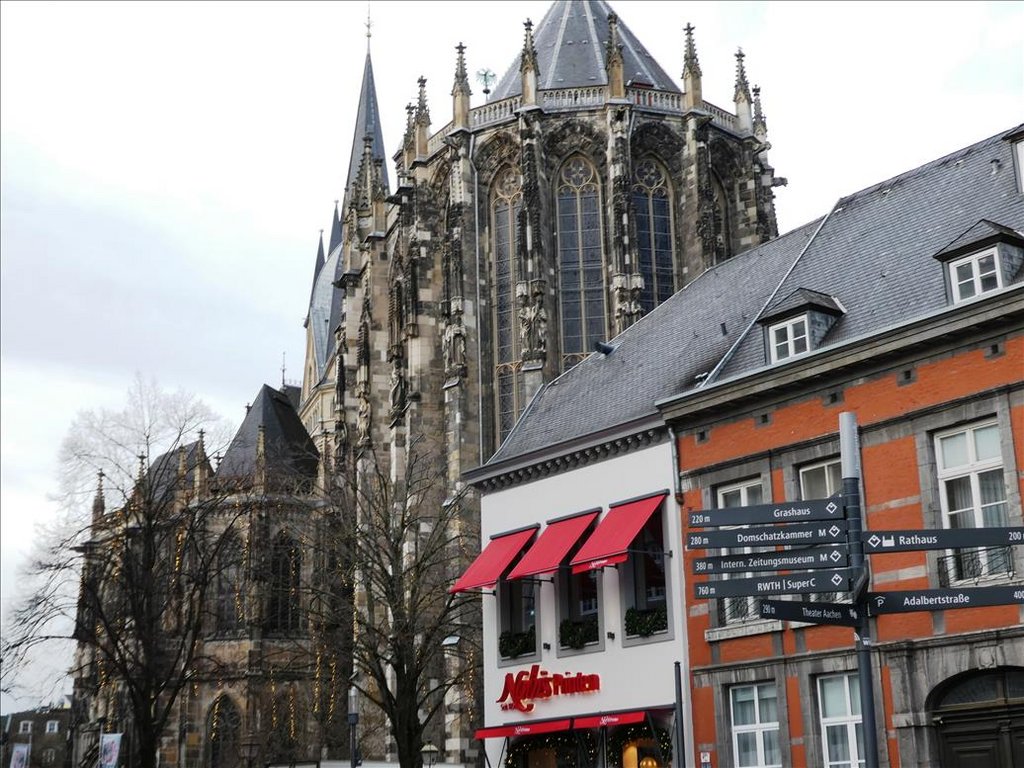


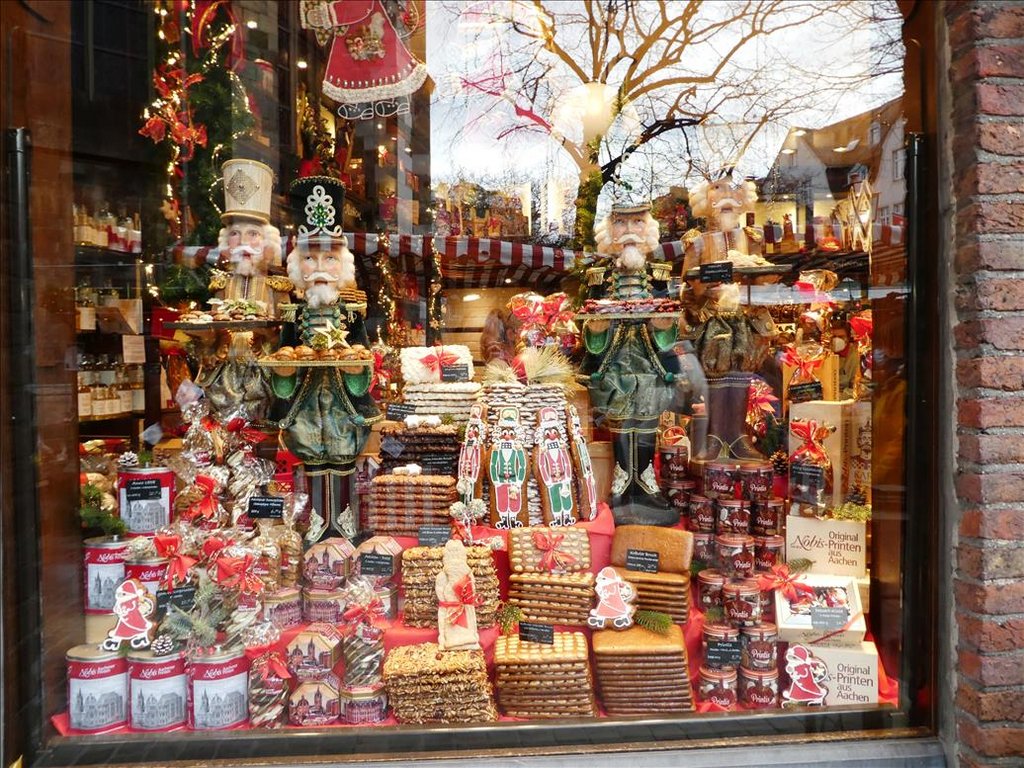
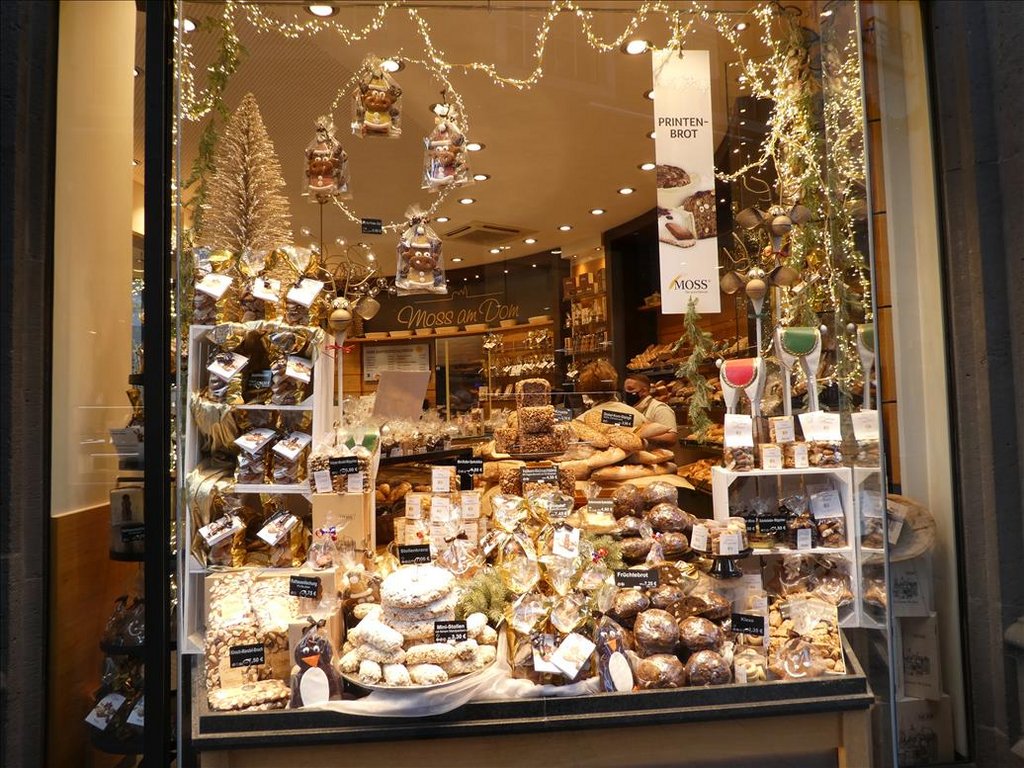
We come to another modern statue.
This is from 1974 and called the Puppenbrunnen. Best I leave the description to the following but all the figures have moveable joints and can be positioned in many ways.
“A Roman figure symbolizes the long history of Aachen. The horse is part of it and symbolizes the tradition of equestrian sport and the annual CHIO horse show in Aachen. The market woman stands for the various markets that once existed in Aachen, and which are only remembered today by the street names.
The bishop should not be missing, of course, as Aachen is still a diocese city today.
The professor with the Prussian monocle stands for the sciences and refers to the RWTH, the technical university.
The clown and several masks represent the happiness of Aachen and the carnival. Even with the town musicians, the proud rooster got up at the top. The sweet fashion doll stands for the more than 600 year long tradition of the textile industry in Aachen.”
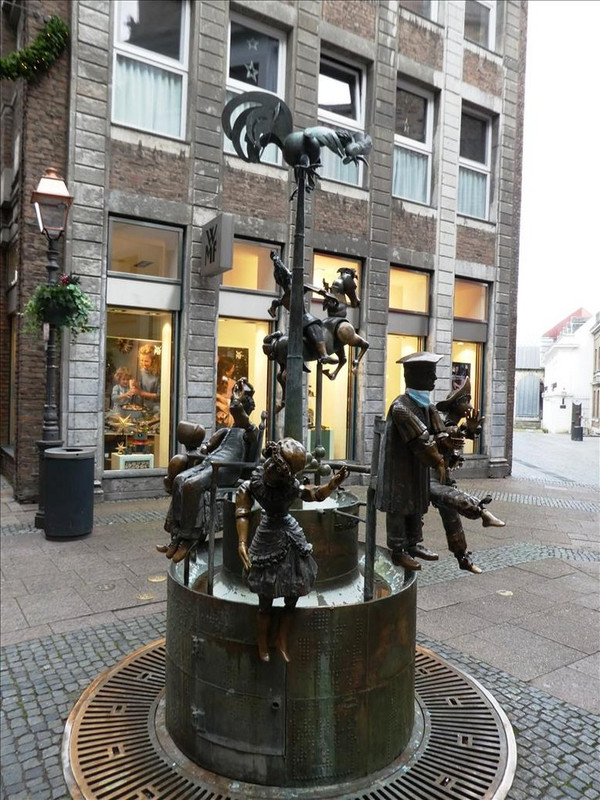
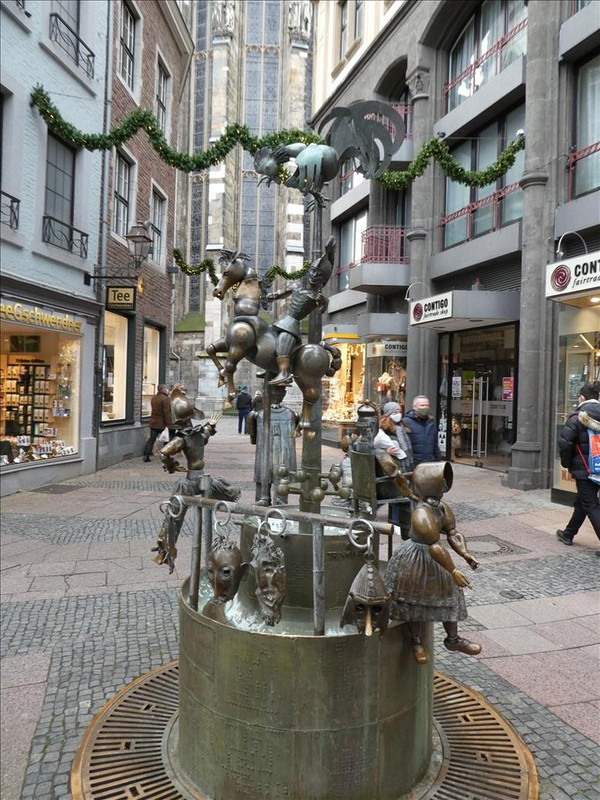

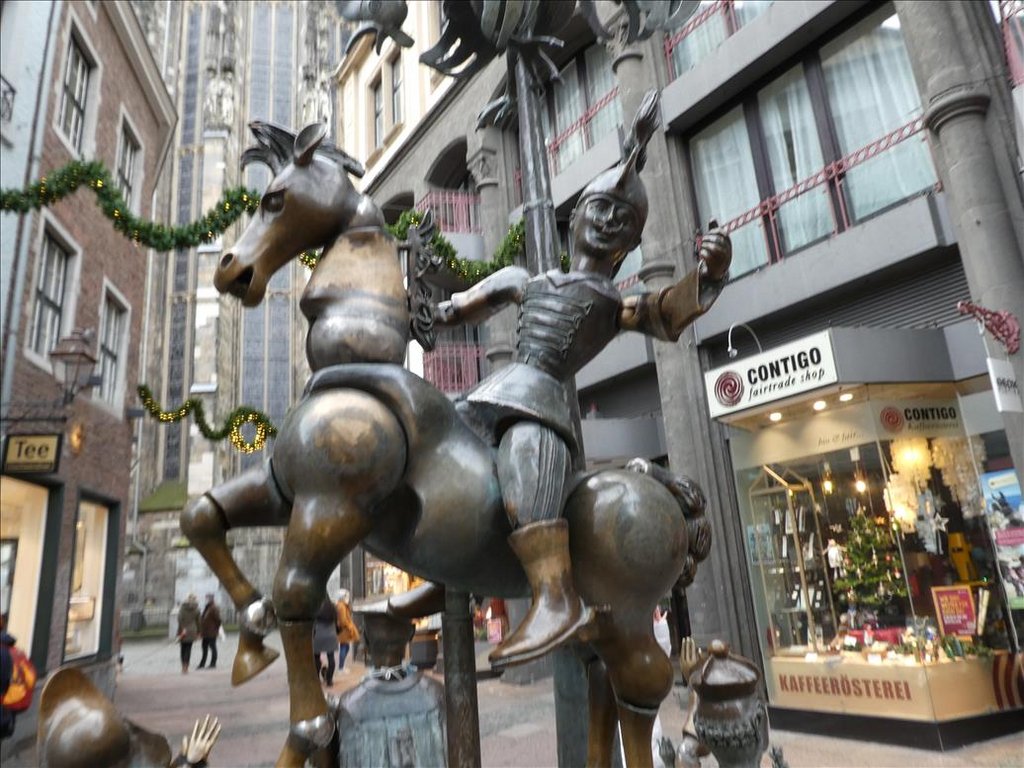

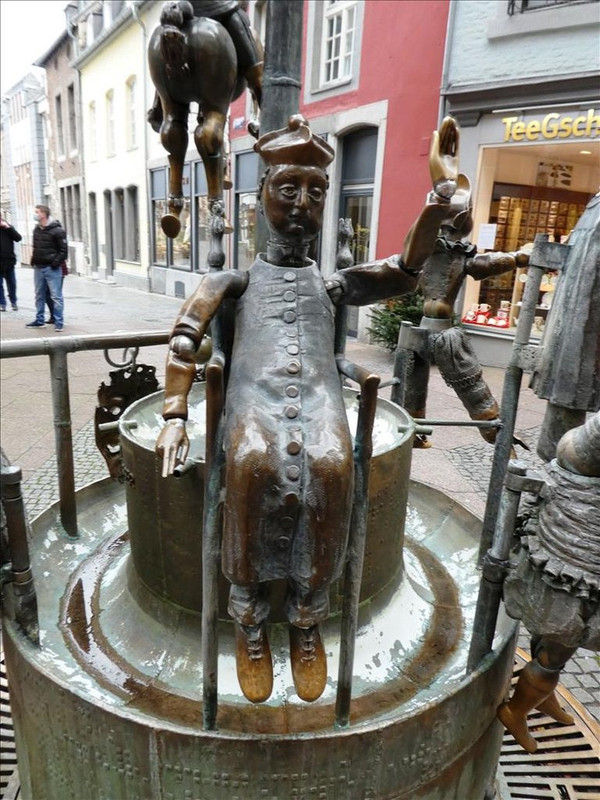

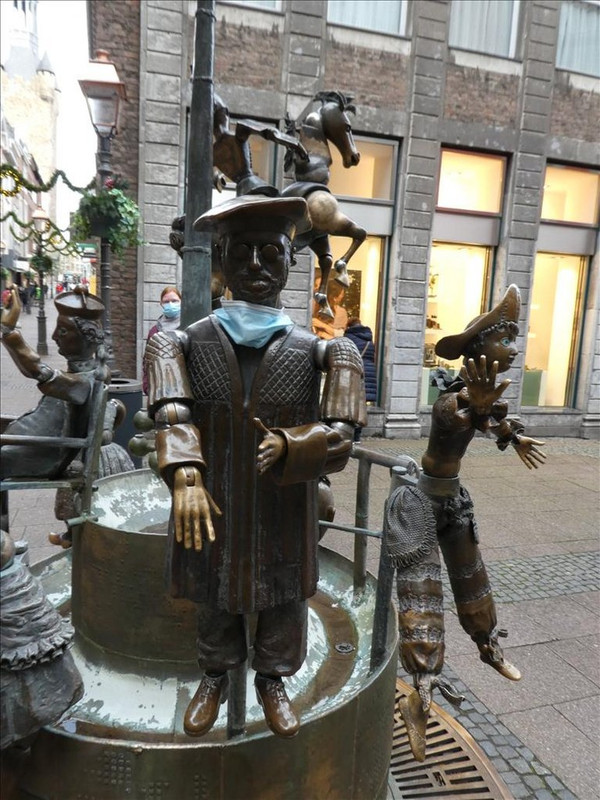

A peer down and along a few more streets -


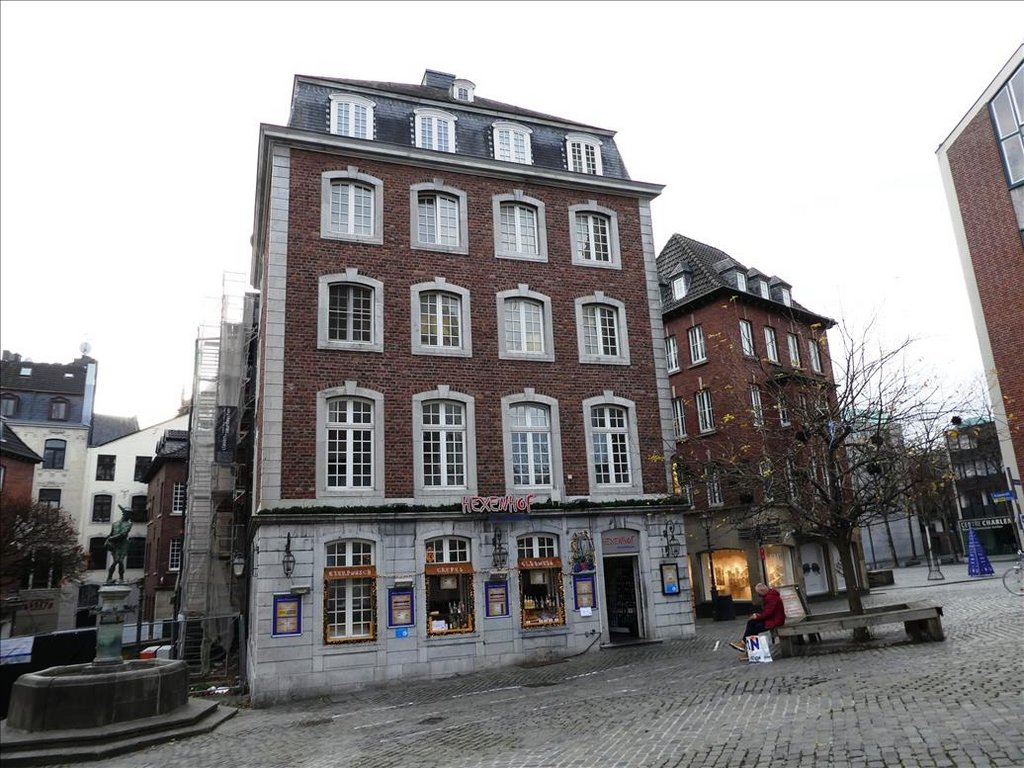
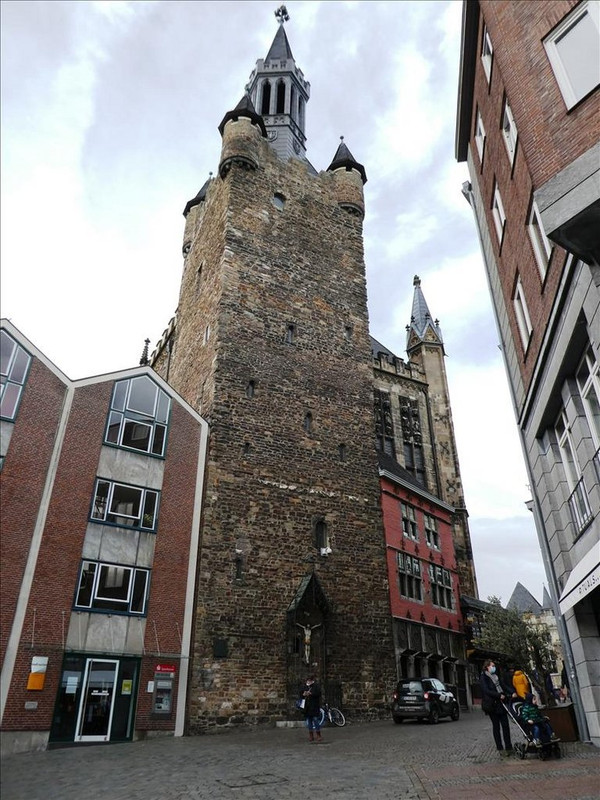

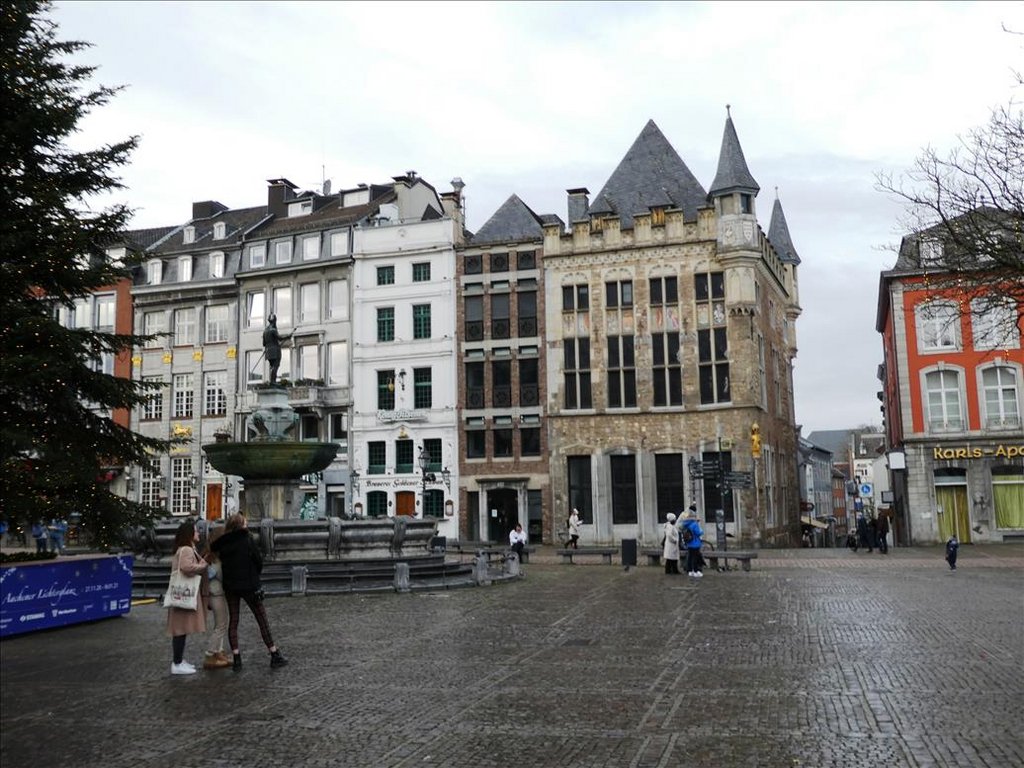

...... brings us to the last thing we have time for. A statue of several figures raising their hand and little finger.
Since the 16th Century the area has been known for the making of needles.
When produced they had to be sorted for size and amount into packets. Also faulty ones had to be discarded.
Children were employed to do this and the best way was to use a little finger.
For example, in 1801 a factory was built to produce needles, it employed 250 people of which 225 were children between the ages of four and twelve.
The little finger of the children who did this every day for hours and hours eventually became deformed - it thus became a way of recognition of many who had lived in the city.
A greeting developed as people became more mobile such that a raised little finger identified you came from Aachen.
Though I suppose it as quite confusing to those who had no idea what it meant -
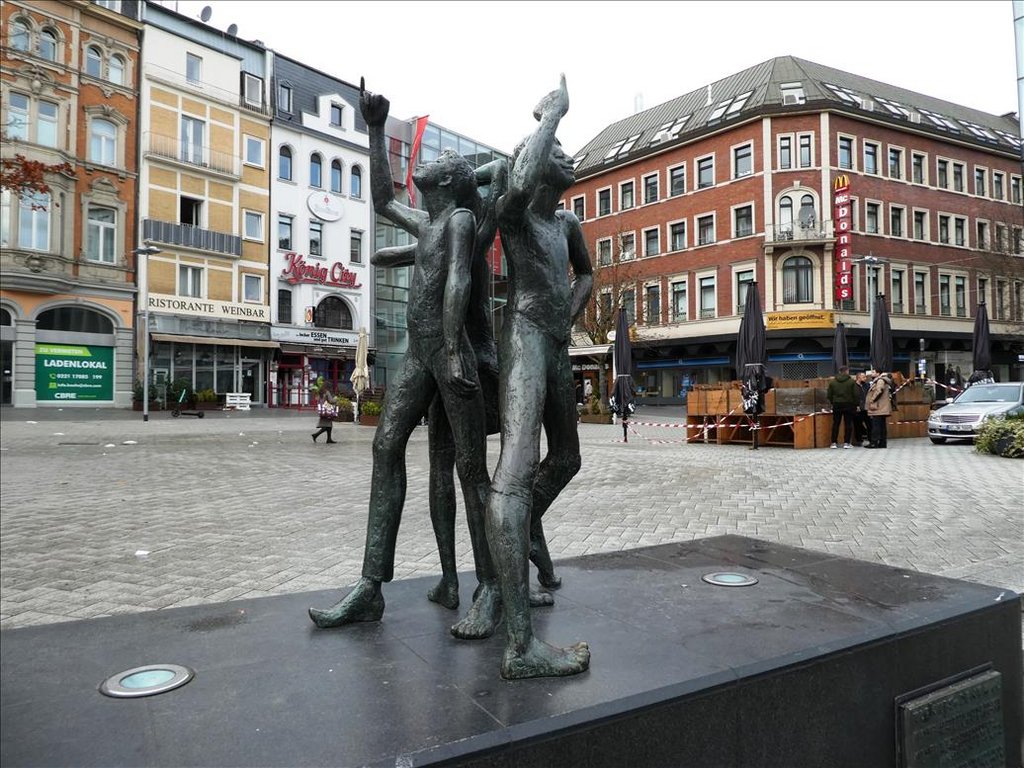

I really hope to spend more time here as I didn’t scratch the surface, I only managed to scratch the scratch, if you see what I mean.
It is a spa town and can be known as Bad Aachen, but the city decided it would miss out the ‘Bad’ part so it would be at the top of any alphabetical list.
It is another one of those places that can trace its history back several thousand years and one of the Roman settlements.
It is most famous though for becoming the preferred medieval Imperial residence of Emperor Charlemagne.
Due to time constraints we couldn’t get into much depth concerning the city, plus virtually everything is closed, but when they are not, it’ll be on the list of places to revisit.
We slipped past this building -

... to reach here. The Town Hall (Rathaus).
Built in the first half of the 14th Century and now a mix of Gothic, Neogothic and Baroque architecture. The latter element occurred as a result of a fire that devastated the city in 1656 causing many buildings to be lost and many to be renovated.
It has served many purposes over the course of its history, partially destroyed and rebuilt and even part being used to store munitions and weaponry and part used as a prison -

We headed now for the Cathedral.
On orders of Emperor Charlemagne it was started to be built in 796 and though the finish date is not known, around 805 was when it was consecrated. Charlemagne was buried there in 841.
It was built in an octagonal shape with numerous side chapels. Most of the stain glass windows are reproductions from after WWII -











Something a lot more modern are the numerous statues in the city.
This one is from 1976 and depicts the “Cycle of Money”. Represented are avarice , greed , patronage and begging . In addition, it is shown how a father explains to his child how to deal with money.
The water runs anti-clockwise and I’m sure there must be some significance in that, but it escapes me for now. The water also comes from one of the hot springs, so flows all year round -




Moving a little further and passing a couple of nice shop windows -





We come to another modern statue.
This is from 1974 and called the Puppenbrunnen. Best I leave the description to the following but all the figures have moveable joints and can be positioned in many ways.
“A Roman figure symbolizes the long history of Aachen. The horse is part of it and symbolizes the tradition of equestrian sport and the annual CHIO horse show in Aachen. The market woman stands for the various markets that once existed in Aachen, and which are only remembered today by the street names.
The bishop should not be missing, of course, as Aachen is still a diocese city today.
The professor with the Prussian monocle stands for the sciences and refers to the RWTH, the technical university.
The clown and several masks represent the happiness of Aachen and the carnival. Even with the town musicians, the proud rooster got up at the top. The sweet fashion doll stands for the more than 600 year long tradition of the textile industry in Aachen.”









A peer down and along a few more streets -







...... brings us to the last thing we have time for. A statue of several figures raising their hand and little finger.
Since the 16th Century the area has been known for the making of needles.
When produced they had to be sorted for size and amount into packets. Also faulty ones had to be discarded.
Children were employed to do this and the best way was to use a little finger.
For example, in 1801 a factory was built to produce needles, it employed 250 people of which 225 were children between the ages of four and twelve.
The little finger of the children who did this every day for hours and hours eventually became deformed - it thus became a way of recognition of many who had lived in the city.
A greeting developed as people became more mobile such that a raised little finger identified you came from Aachen.
Though I suppose it as quite confusing to those who had no idea what it meant -


I really hope to spend more time here as I didn’t scratch the surface, I only managed to scratch the scratch, if you see what I mean.


